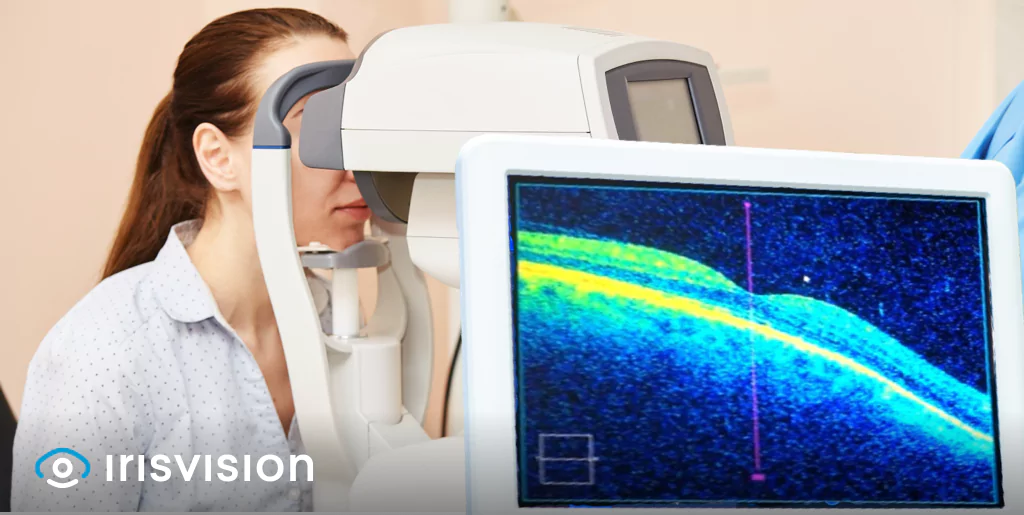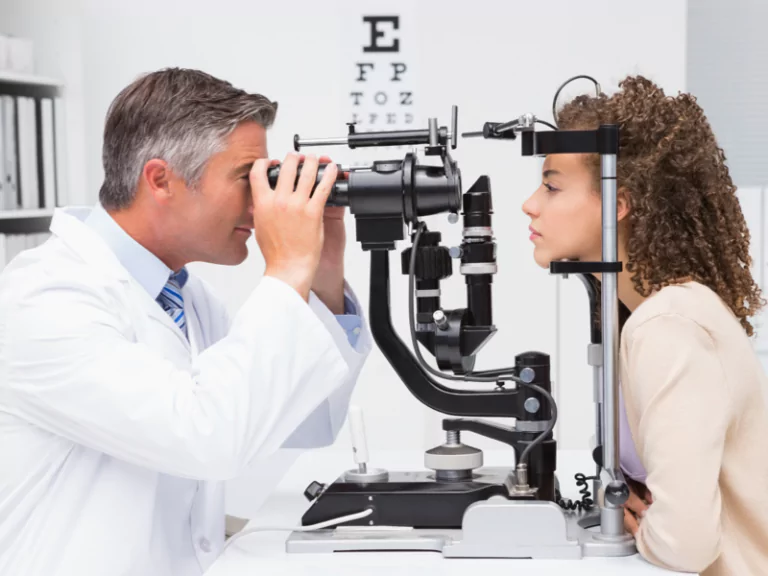Optic atrophy can’t be cured, but it can be treated with medication in some cases. People with thyroid disease should also manage their condition effectively to reduce their risk of optic atrophy due to a pituitary tumor or thyroid eye disease.
Assistive technology like IrisVision is ideal for people with low vision caused by optic atrophy. These wearable low vision aids leverage award-winning software lenses to help users magnify images at 14X and regain their lost peripheral vision by providing an industry leading 77 field of view.
That’s not all. With IrisVision, you can stream videos on YouTube, capture and store images, as well as stay connected to the outside world with social media. Click here for a free 30-day trial session.








